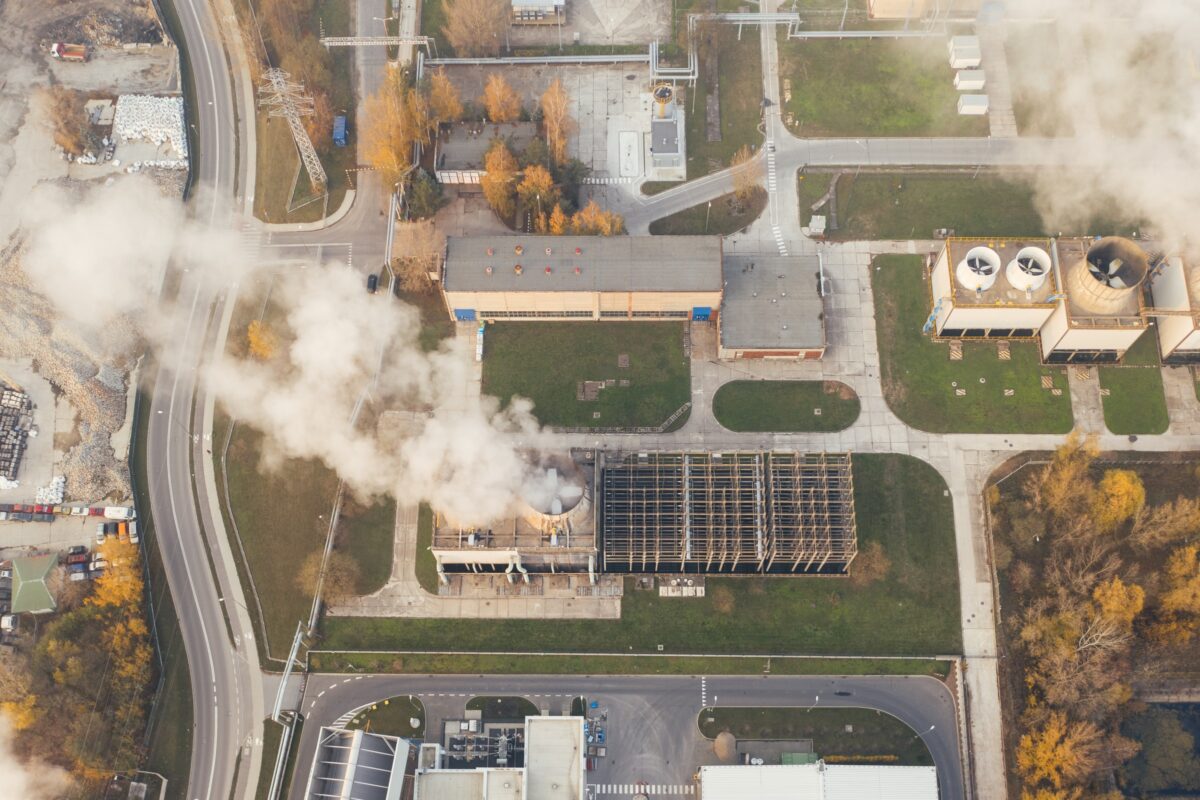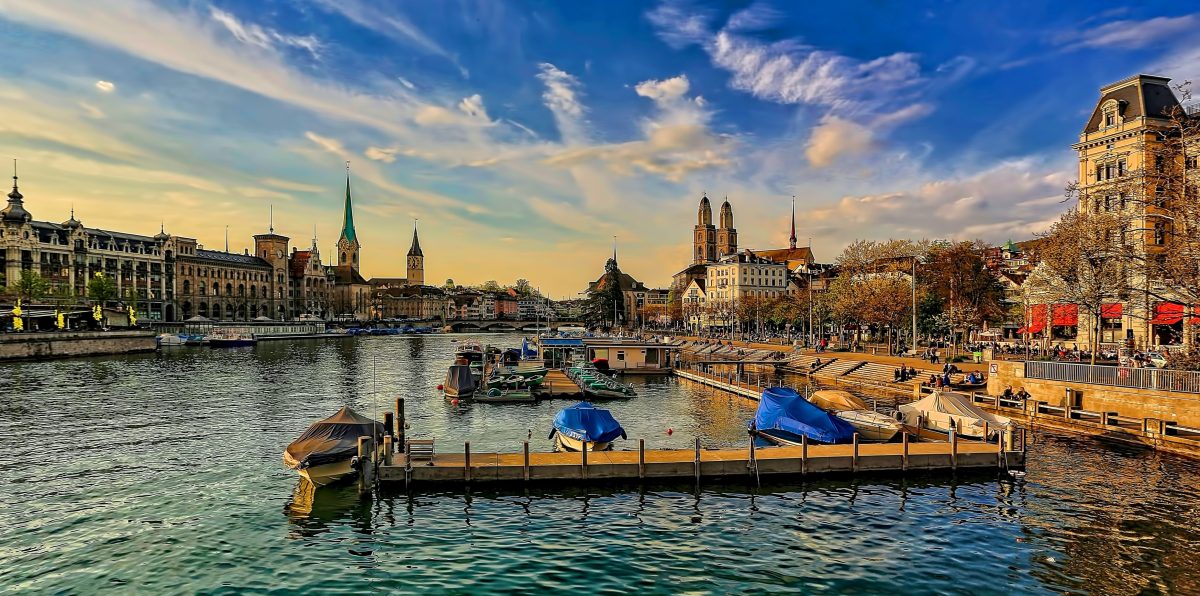Elon Musk’s tunneling startup the Boring Co. is working on much wider tunnels than publicly announced, which could significantly expand the reach of the business.
The tunnels that the company is pitching to some potential clients are 21 feet in diameter, dwarfing the 12-feet tunnels the Boring Co. has built to date. The wider throughway would accommodate two shipping containers side by side, according to a copy of a pitch obtained by Bloomberg.
The larger tunnels would be a major expansion in scope for Boring Co., which has up until this point worked on tunnel systems designed to transport passengers. When the company started in 2016, Musk spoke about tunnels hundreds of miles long for high-speed transportation that could “solve traffic.” But the company has recently scaled down its goals, pitching shorter projects within cities. Most recently, it completed 1.7 miles of tunnel under Las Vegas.
Boring Co. didn’t respond to requests for comment.
The new pitch for Boring Co.’s planned freight-tunnel business shows three ways that freight could be transported through its tunnels. One image shows a standard 8-foot tall shipping container, which barely fits into a standard Boring Co. tunnel. The next shows the same container in a much roomier 21-foot-in-diameter tunnel, and the last shows two containers fitting side by side in the 21-foot tunnel, separated by 1 foot of space.
In all cases, the containers are sitting on what are labeled as “battery-powered freight carriers.” The carriers appear to take the form of a slim rectangular shelf that extends almost the width of the containers.
The proposal “is totally doable” from an engineering perspective, said Anne Goodchild, founding director of the Supply Chain Transportation & Logistics Center at the University of Washington, who pointed out that many large companies, such as Boeing Co., have similar tunnels at their facilities. “You could totally move it in a tunnel.” The constraint, she said, is cost—along with finding the right environment where a tunnel works better than a road.
Boring Co. has marketed its tunnels as costing significantly less than the competition.In Las Vegas, the bill for its project came to $52.5 million, with the convention center authorities selecting the startup in large part because of its lower price tag compared to other bids on the project.
That advantage could erode if the company expands its tunnels. As width increases, the costs of drilling increase even faster, mainly because of the difficulty of disposing of the debris created by the excavation, said Tom Groark, executive director of the Moles, a trade organization for the heavy construction industry.
But keeping the larger tunnels at a standard 21 feet, instead of building to custom widths, could help keep costs down. “They’re making the job fit the machine, and that’s huge,” said Groark. Normally, he said, once tunnel boring machines finish a project, they go back to the manufacturer. Then they get modified to fit the next job at considerable expense.
Transporting freight underground, instead of on clogged freeways or over-ground railways, has long been a dream of urban planners. It’s proven difficult to realize because of the expense and regulation involved.
Still, efforts emerge from time to time to advance the idea. In Switzerland, a group of investors is backing Cargo Sous Terrain, which aims to build a network of subterranean tunnels to transport pallets and containers via autonomous vehicles. The company is awaiting approval from the second chamber of Swiss parliament, which is due to begin deliberations on the project in the autumn, according to a spokesman.
In late 2016, Amazon.com Inc. received a patent for what it called “dedicated network delivery systems.” It included underground conveyor belts and vacuum tubes to transport containers and packages. It is unclear if Amazon has ever seriously tried to build such a system.
Boring Co. is currently negotiating with California’s San Bernardino County to build a roughly 4-mile tunnel that would connect a light-rail station with the local Ontario International Airport. The company has pitched its wider tunnels to the county, where Supervisor Curt Hagman is trying to build interest in a freight tunnel to relieve congestion on busy roads around Ontario, Chino and nearby cities, according to documents obtained by Bloomberg. Dubbed the Inland Port, the project has been floated in various forms for decades, and this version remains in the concept stage.




